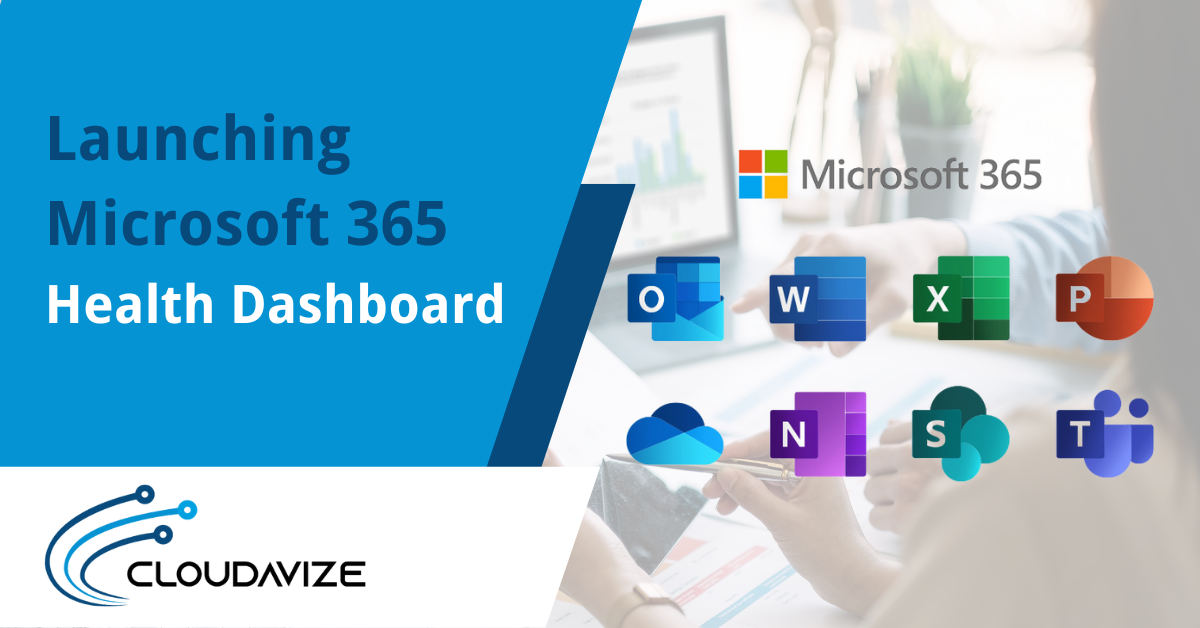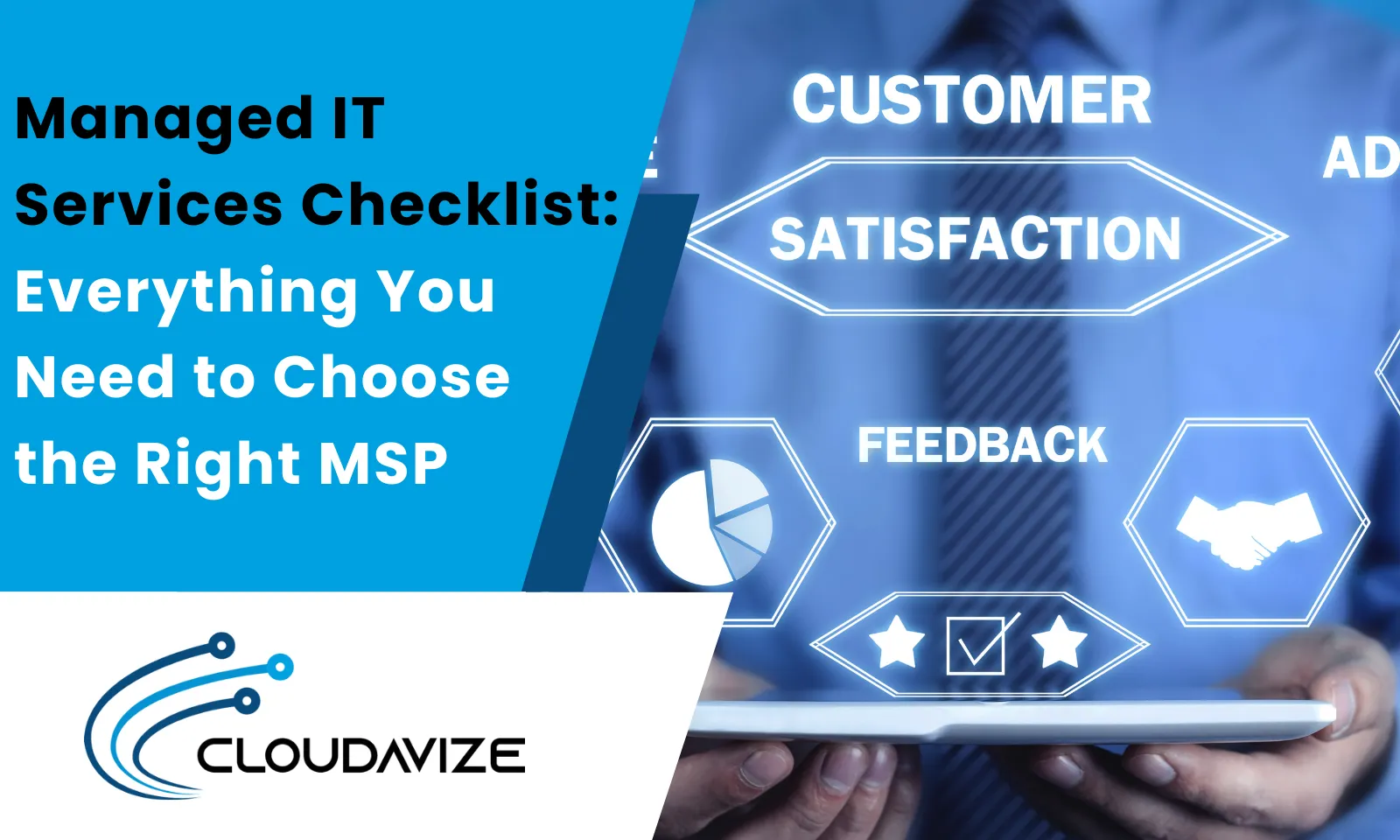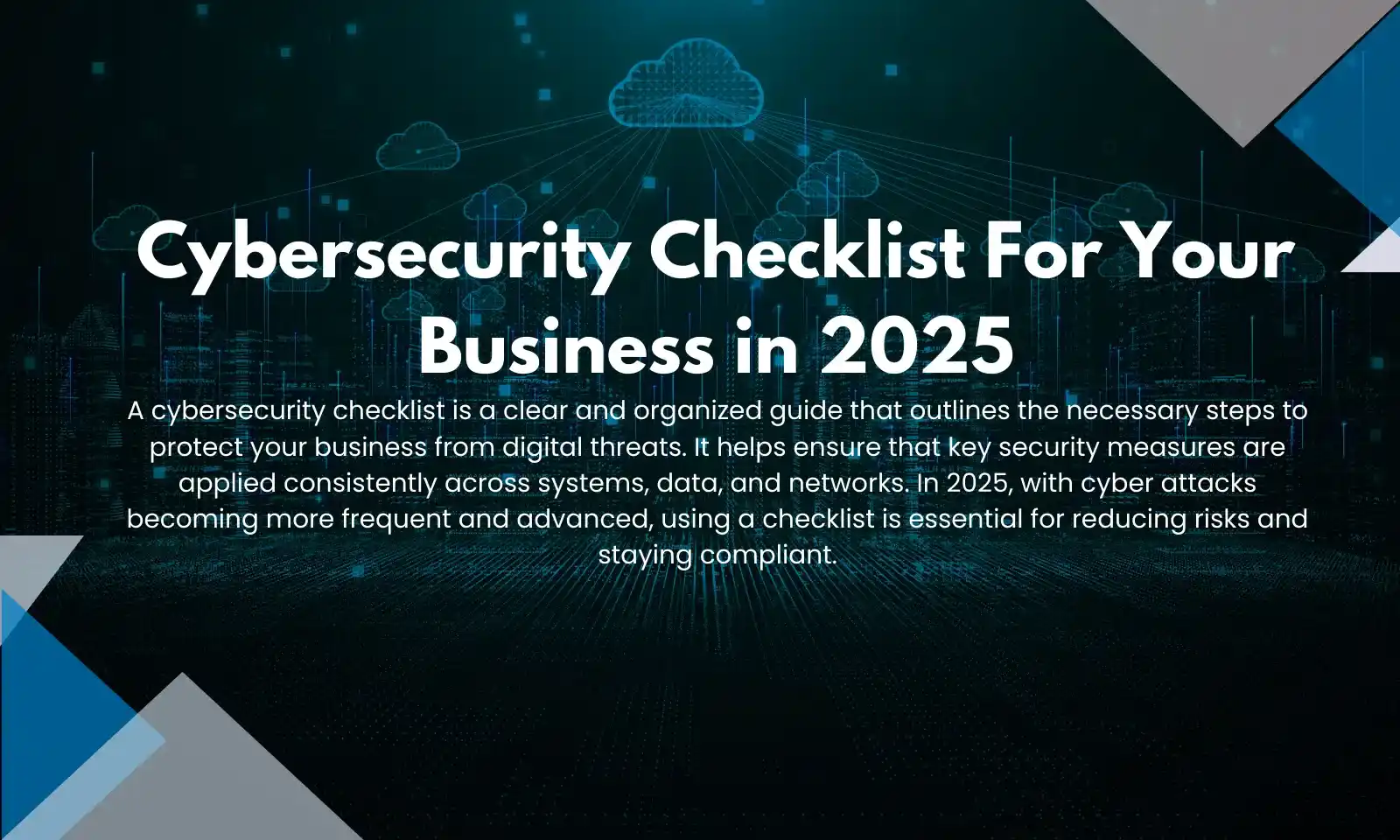Microsoft 365 Health Dashboard
As an administrator of the company, one may have to look after different services whether they are in a healthy state or not before users start reporting the issue and the service desk is filled with similar cases. Microsoft Health dashboard is one of the key tools under the M365 subscription which is now available irrespective of the licensee’s user are using. As an administrator of a Microsoft 365 tenant, one of the most important jobs he or she has is to check the health status of the different running services on day-to-day operations. Health dashboard is a tool that provides a dashboard to monitor all the running services and check the health incident and see what all resolutions and updates Microsoft has provided about.
Admin can monitor how updated the Office apps are provided by the data in the dashboard. If users start complaining about any particular service not working i.e outlook connectivity one of the first things as an admin need to check is whether an incident is being updated by Microsoft in the health dashboard. The Microsoft 365 Health dashboard lets customers view insights about the service status, software update status, and security compliance. It also shows critical alerts about general service incidents and billing issues.
Table of Contents
Microsoft 365 health dashboard show usage data, the recommendation action
In addition to critical alerts, the Service health and usage section on the Health dashboard shows the current service health status, the average daily usage, and license utilization of each Microsoft 365 service Microsoft 365. Health dashboard offers recommended actions to address various issues. Specifically, the admin can use the recommendation cards to turn on multi-factor authentication, enable monthly updates for Office, and share OneDrive training with employees.
In this article, we will go through the steps to check the health dashboard in the admin center and the different terminology used in dashboard incidents.
Step 1: Go to admin.microsoft.com
Step 2: Click on Health
Service Health and Usage
In the center of the page, you’ll see the current service health status of your top apps and services. This is a selected view of the top products with their health status and if any reported advisories or incidents show how many active users are impacted by it under the active users.
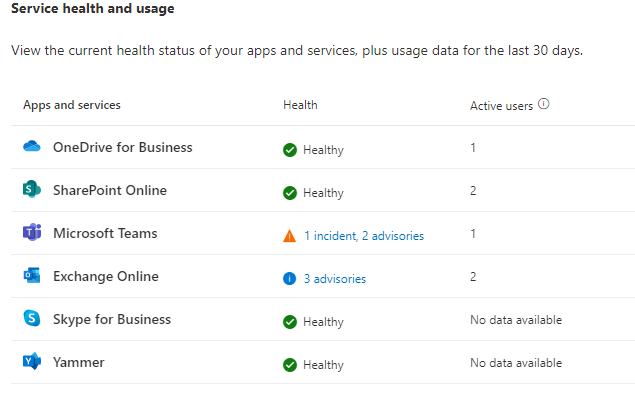
Symbols used in the health dashboard for the different services visible in the dashboard
 If a service has an advisory shown, Microsoft is aware of a problem that is affecting some users, but the service is still available
If a service has an advisory shown, Microsoft is aware of a problem that is affecting some users, but the service is still available If a service has an active incident shown, it’s a critical issue and the service or a major function of the service is unavailable, and Microsoft is currently working to restore the services and provide an alternate method that users can use for the service.
If a service has an active incident shown, it’s a critical issue and the service or a major function of the service is unavailable, and Microsoft is currently working to restore the services and provide an alternate method that users can use for the service.If a service has a healthy incident shown, it means all services are working without degradation.
Office 365 Service health dashboard features a view that separates major business critical outages from others and splits them into two categories: Incidents and Advisories. This view makes it easy for admins to identify issues that they might want to act on immediately. If he wants to access additional details, he can go to a more detailed view that provides him with all available information, including workarounds and message history.
The advisory or incident summary provides the following information:
- Title – A summary of the problem.
- ID – A numeric identifier for the problem.
- Service – The name of the affected service.
- Last updated – The last time that the service health message was updated.
- Estimated Start Time – The estimated time when the issue started.
- Status – How this problem affects the service.
- User Impact – A brief description of the impact this issue has on the end user.
- All Updates – We post frequent messages to let you know the progress that we’re making in applying a solution.
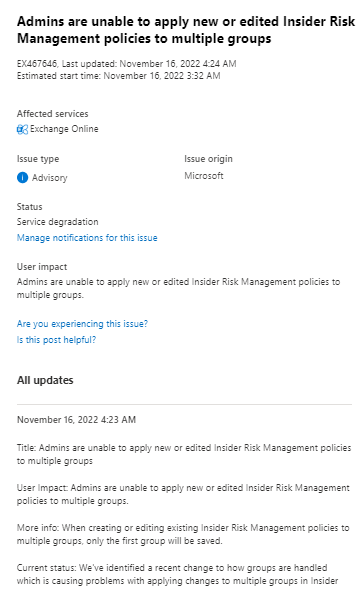
Limitation of Health dashboard
- Only People who are assigned the global admin or global reader can view service health.
- The time between the outage happening and Microsoft being able to confidently assess the issue so that Microsoft can craft an appropriate response to the SHD creates a void for many customers.
- Not every issue can be detected by the automated monitoring systems within Office 365, and some issues need to be reported by multiple customers
New features to be introduced in the Health dashboard in the coming months
- Tell us about issues—If a tenant is impacted by an issue that is not showing up on your Service health dashboard, the Tell Us feature will provide the admin with a quick and easy way to let Microsoft know about the issue.
- Stay informed through your preferred channel—The Service health dashboard will enable the admin to sign up for notifications via text and/or email so that he can monitor the service and track issues through the channel he prefers rather than checking the dashboard for any reported service incident.
- Access user-level details—In addition to the number of impacted users, the admin will also be able to access a full list of impacted users to enable him to drive more targeted communication and support and inform targeted users in advance.
- Check the health of users—On-demand user health checks will allow the admin to check end user health by running a test against Microsoft service. User Monitoring will enable the admin to proactively monitor specific users and to find out about possible health issues affecting those users right away—often before they might even notice them.
- In-product messaging—The Service health dashboard will enable administrators to make users aware of service incidents and inform them about possible workaround solutions through optional in-product notifications provided by Microsoft.

